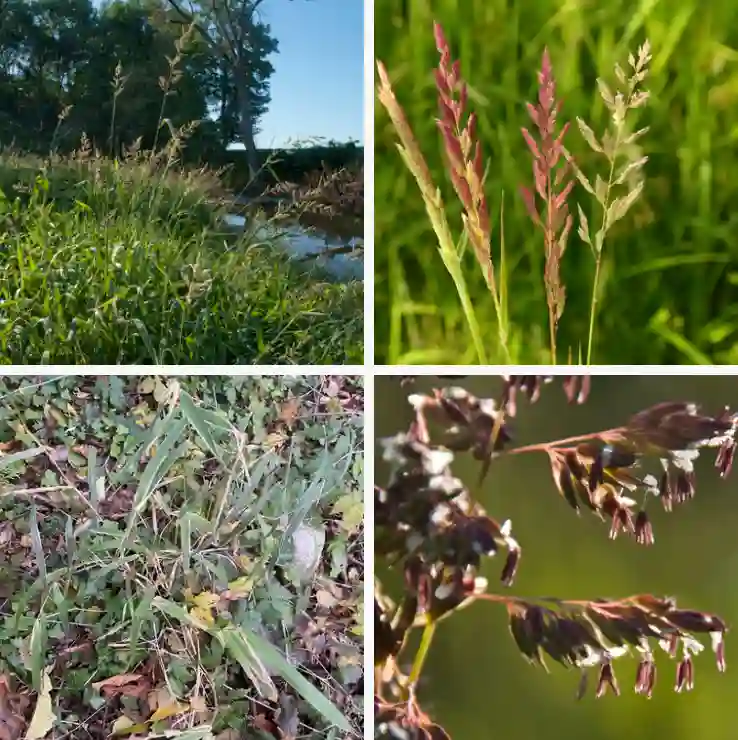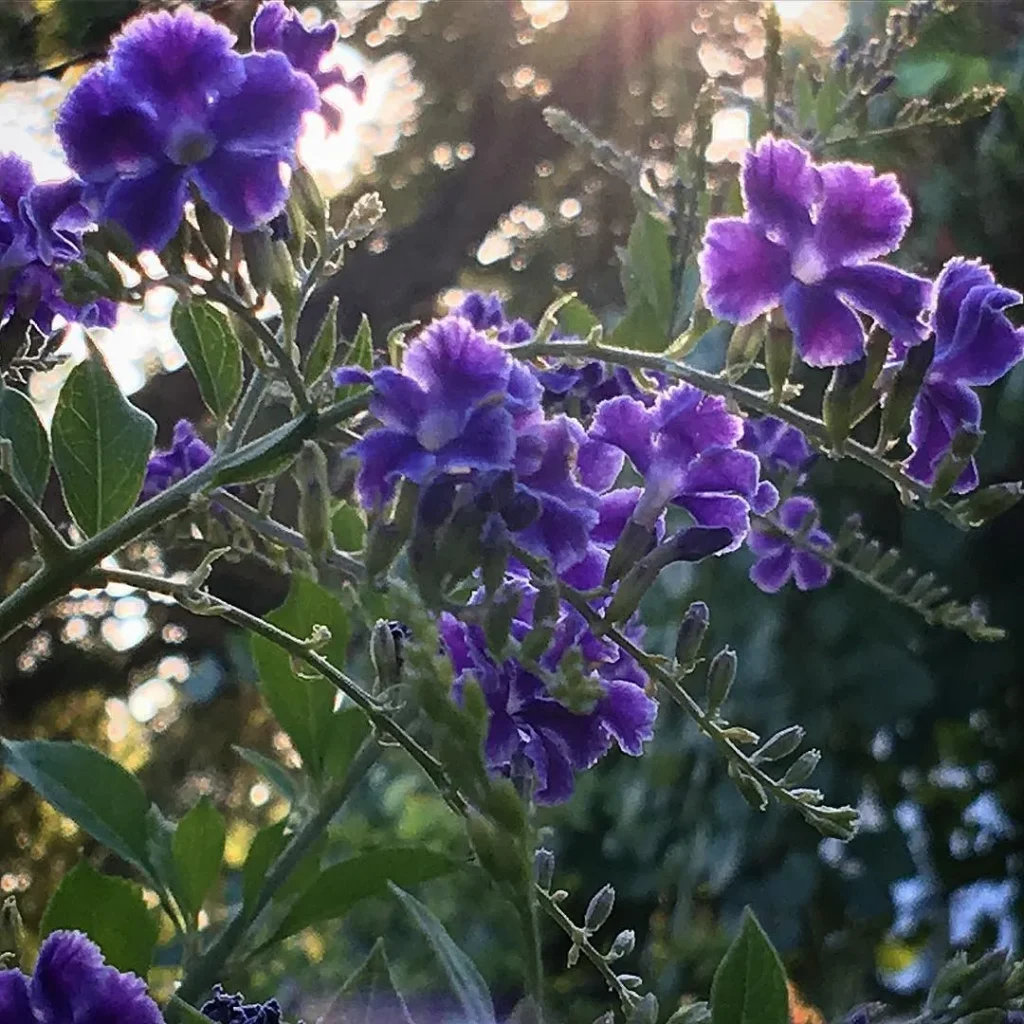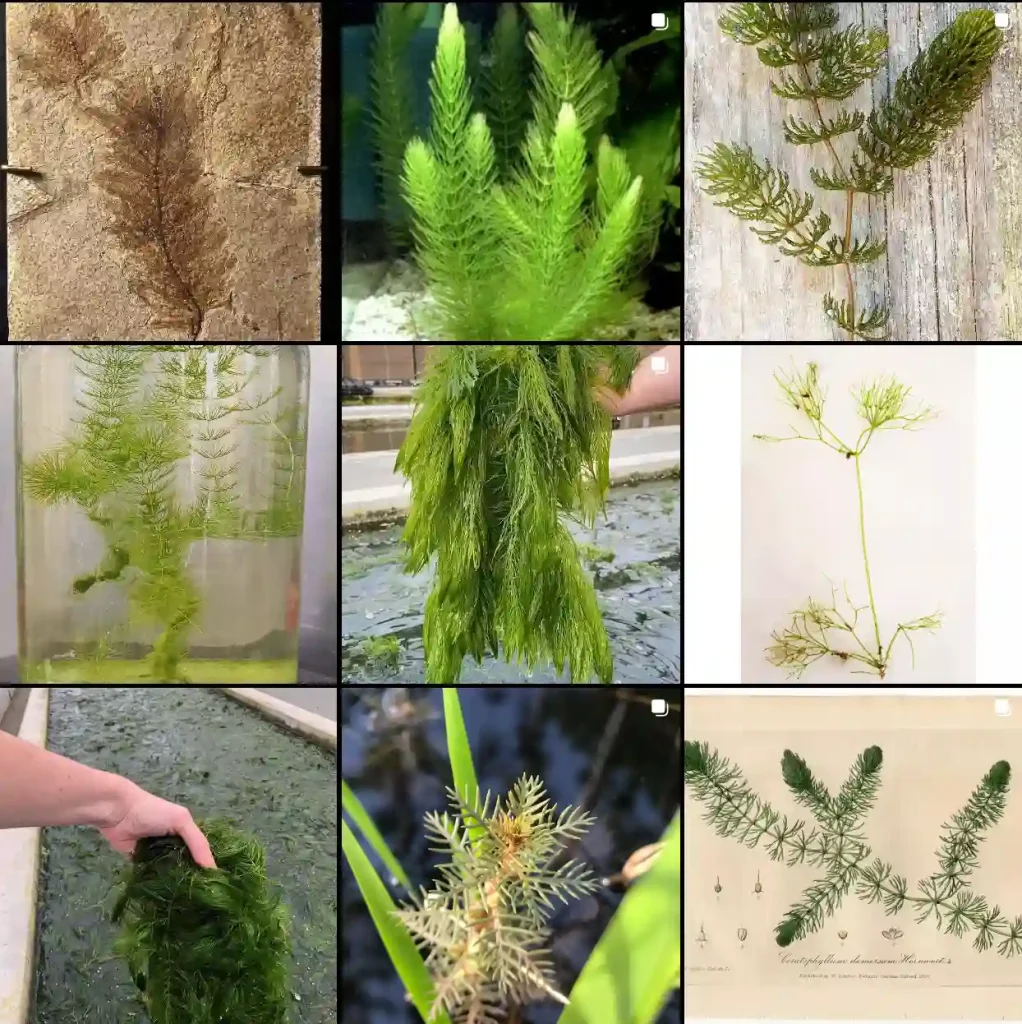FAQs About Robinia Neomexicana
As a plant enthusiast, I’m often asked about various species, and Robinia Neomexicana frequently comes up in conversations. This beautiful and resilient plant, commonly known as the New Mexico Locust, is intriguing for its adaptability and unique characteristics. If you’re considering adding Robinia Neomexicana to your garden or landscape, you might have several questions. Let’s dive into the most frequently asked questions about this plant.
8 Species in Genus Robinia
What is Robinia Neomexicana?
Robinia Neomexicana, or New Mexico Locust, is a deciduous shrub or small tree native to the southwestern United States, particularly Arizona and New Mexico. Known for its attractive foliage and vibrant flowers, it’s a hardy plant that thrives in arid conditions. It features delicate, compound leaves and produces clusters of fragrant, white to pinkish flowers in late spring or early summer. The plant is highly valued for its ability to add beauty and structure to a landscape while requiring minimal water.
How to Grow Robinia Neomexicana from Seed?
Growing Robinia Neomexicana from seed can be a rewarding experience if you’re up for a bit of patience and care. Here’s a step-by-step guide based on my own experiences:
- Seed Preparation: Start by soaking the seeds in warm water for 24 hours. This helps to soften the hard seed coat and encourages germination.
- Soil Preparation: Use a well-draining soil mix, preferably one designed for cacti or succulents. The soil should be slightly acidic to neutral.
- Planting: Sow the seeds about 1 inch deep in the soil. Water gently to moisten the soil but avoid waterlogging.
- Germination: Place the pots in a warm location with plenty of light. Germination can take a few weeks, so be patient and keep the soil consistently moist but not soggy.
- Transplanting: Once the seedlings have grown a few inches tall and have developed a few sets of leaves, they can be transplanted into larger pots or directly into the garden.
Is Robinia Neomexicana a Nitrogen Fixer?
Yes, Robinia Neomexicana is a nitrogen fixer. This means it has a symbiotic relationship with certain soil bacteria that enable it to convert atmospheric nitrogen into a form usable by plants. This characteristic makes it particularly valuable in soil improvement, as it enriches the soil with nitrogen, which is essential for plant growth. In my own garden, I’ve noticed that plants growing near Robinia Neomexicana often show improved vigor and health, likely due to the enhanced soil nutrient levels.
Where Can I Find Robinia Neomexicana in Arizona?
Finding Robinia Neomexicana in Arizona is relatively straightforward if you know where to look. Here are some tips based on my experience:
- Local Nurseries: Many specialized nurseries in Arizona that focus on native plants or xeriscaping will carry Robinia Neomexicana. It’s worth calling ahead or checking their websites.
- Online Retailers: Numerous online plant retailers offer Robinia Neomexicana. Make sure to choose a reputable supplier to ensure you get healthy, high-quality plants.
- Botanical Gardens: Visiting local botanical gardens or arboretums can be a great way to see Robinia Neomexicana in person and get recommendations on where to purchase it.
How to Care for Robinia Neomexicana?
Caring for Robinia Neomexicana is relatively simple, thanks to its hardy nature. Here are some tips for maintaining a healthy plant:
- Watering: Although drought-tolerant, Robinia Neomexicana benefits from occasional deep watering, especially during prolonged dry spells. However, be careful not to overwater, as it prefers well-drained soil.
- Sunlight: This plant thrives in full sun but can tolerate partial shade. Ensure it receives at least 6 hours of direct sunlight each day.
- Pruning: Prune as needed to maintain its shape and remove any dead or damaged branches. Regular pruning helps to encourage a healthy growth habit.
- Pests and Diseases: While generally resistant to pests, keep an eye out for common issues like aphids or scale insects. Regular inspection and prompt treatment can prevent major problems.
Can You Grow Robinia Neomexicana Indoors?
Growing Robinia Neomexicana indoors is not recommended. It’s best suited to outdoor environments where it can access ample sunlight and space. Indoors, it may struggle with limited light and the confined space, which can hinder its growth and overall health.
Is Robinia Neomexicana Toxic?
Robinia Neomexicana is not known to be toxic to humans or pets. However, as with many plants, it’s a good idea to avoid ingestion and to keep an eye on pets and children to prevent any accidental consumption.
Benefits of Robinia Neomexicana
Robinia Neomexicana offers several benefits:
- Aesthetic Appeal: Its beautiful flowers and lush foliage make it an attractive addition to any garden or landscape.
- Soil Improvement: As a nitrogen fixer, it enhances soil fertility, benefiting surrounding plants.
- Drought Tolerance: Its ability to thrive in arid conditions makes it an excellent choice for xeriscaping and low-water gardens.
Common Problems with Robinia Neomexicana
While generally low-maintenance, Robinia Neomexicana can face some issues:
- Leaf Drop: In extreme drought or poor soil conditions, it may drop leaves. Ensuring proper watering and soil nutrition can mitigate this.
- Pest Infestations: Aphids and scale insects can occasionally be a problem. Regular inspection and prompt treatment are essential.
Compare with Similar Plants
When comparing Robinia Neomexicana with similar plants like Robinia pseudoacacia (Black Locust) or Acacia species, the key differences are in their adaptability and appearance. Robinia pseudoacacia is more common and can grow larger, while Acacia species often have different foliage and flower characteristics.
In summary, Robinia Neomexicana is a versatile and resilient plant that can add significant value to your garden or landscape. Whether you’re starting from seed or looking for an attractive addition to your space, it’s a great choice for arid conditions and soil improvement.
If i die, water my plants!



